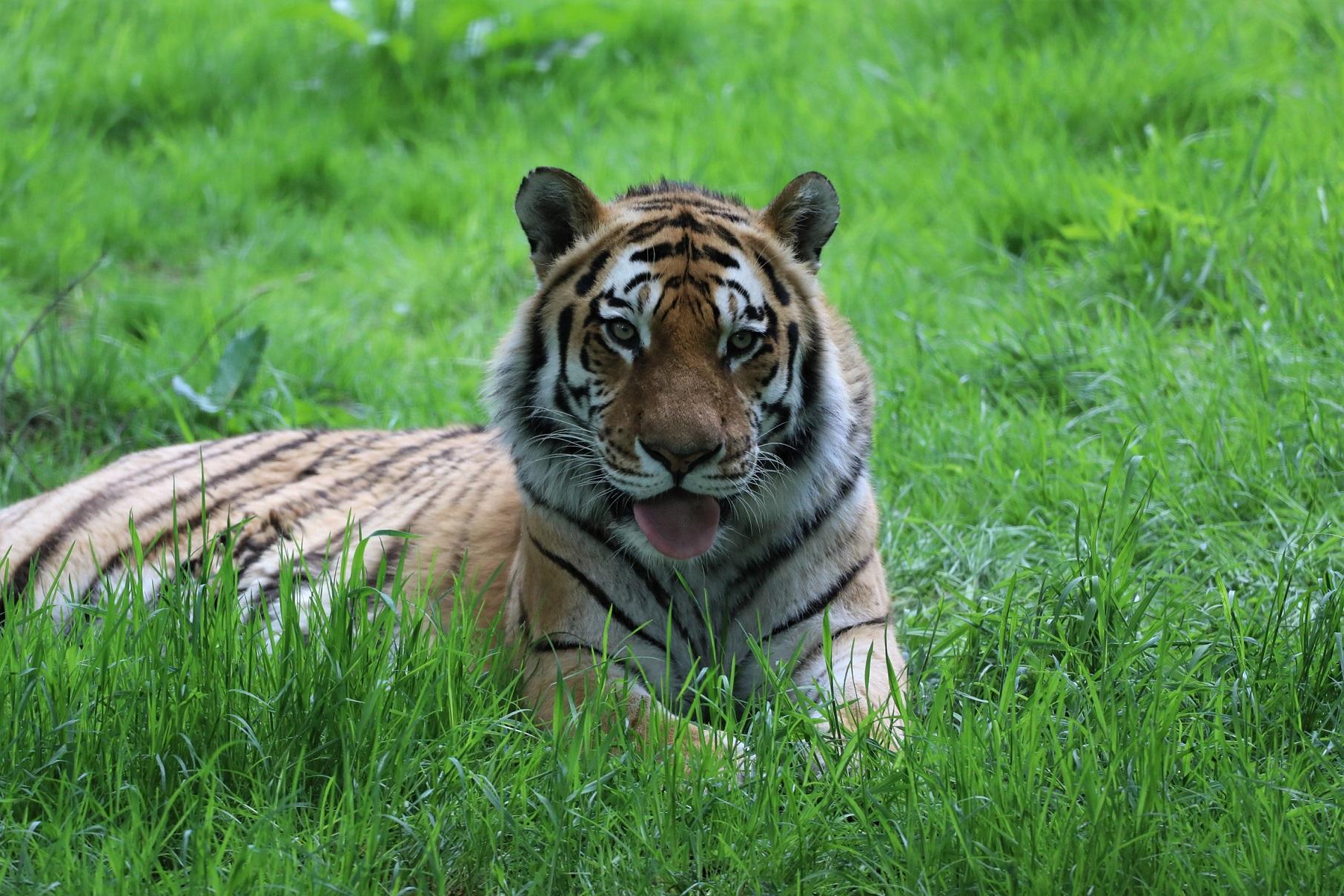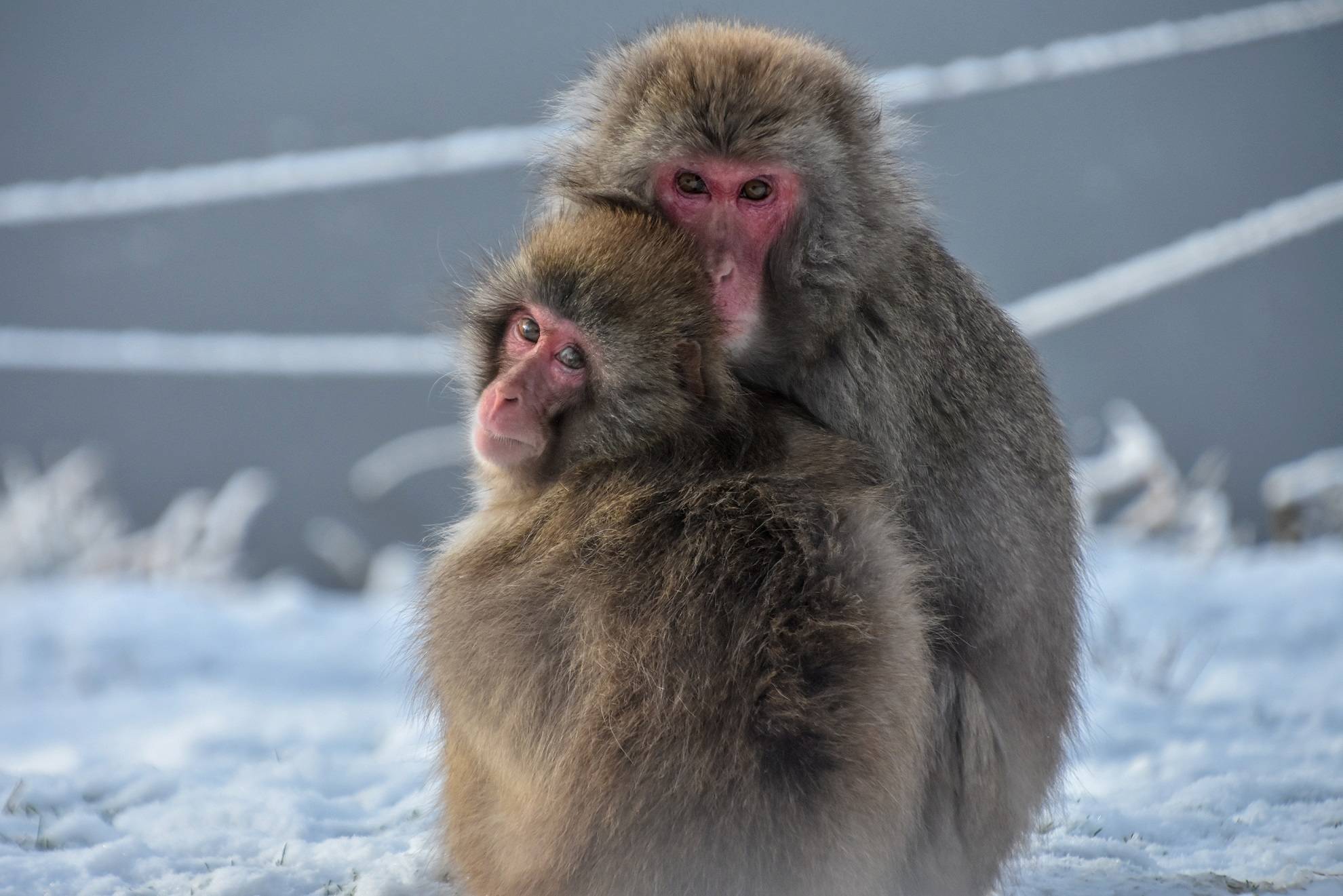Amur tiger
Panthera tigris altaica

Meet our Amur tiger family! Dominika, our experienced adult female, was born here in May 2009. In October 2020, adult male Botzman arrived and the pair quickly bonded. In May 2021, they welcomed three cubs: Layla, Nishka and Aleksander. Aleksander departed for Tallinn Zoo in July 2024, contributing to the vital European Endangered Species Programme (EEP) for Amur tigers.
To ensure the welfare of our tigers, they are rotated between two enclosures. As part of this, Botzman is kept separate from the female tigers.
Once called Siberian tigers, the Amur tiger (Panthera tigris altaica) was renamed in the 1990s, acknowledging their disappearance from Siberia. Their current range is limited to isolated pockets along the Amur River valley in the Russian Far East and China's north-eastern border.
Facing near-extinction in the 1940s, they have experienced some recovery through dedicated conservation, yet they remain endangered. With an estimated wild population of just 450, more Amur tigers now reside in zoos than in their natural habitat.
Population
Stable
Diet
Carnivore
Habitat
Mountains
Fact file
The Amur tiger (Panthera tigris altaica) is the largest of all the big cats
They are apex predators and powerful hunters, preying on wild boar and deer. In rare instances, they have even been known to take on bears
Each Amur tiger has a unique stripe pattern, just like human fingerprints
They live in very coldest regions. To survive the harsh winters, they have thicker fur than other tiger subspecies and a layer of fat for insulation

How we're helping
Like all the animals in our care our tigers are amazing ambassadors for their relatives in the wild and help hundreds of thousands of people connect with nature every year. They encourage visitors to learn about the threats facing wildlife and the action they can take to help create a world where nature is protected, valued and loved.
As a wildlife conservation charity, we care for the animals here at the zoo and work to protect species at risk around the world. From providing expertise in genetics and veterinary health, to protecting wild places with local conservation partners, and even restoring threatened species to the wild, we are active where we are needed most.
Find out more about RZSS conservation
